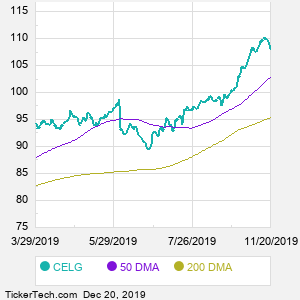Bullish Two Hundred Day Moving Average Cross - PLSE
2 hours, 45 minutes ago
QQQX Crosses Above Key Moving Average Level
2 hours, 49 minutes ago
AXSM Crosses Above Key Moving Average Level
2 hours, 50 minutes ago
Shares of SLB Now Oversold
2 hours, 59 minutes ago
AMGN Crosses Above Key Moving Average Level
2 hours, 59 minutes ago
Bullish Two Hundred Day Moving Average Cross - CGNX
2 hours, 59 minutes ago
Ivanhoe Electric (IE) Shares Cross Above 200 DMA
3 hours ago
Bullish Two Hundred Day Moving Average Cross - XPER
3 hours ago
CRF Makes Bullish Cross Above Critical Moving Average
3 hours, 1 minute ago
Roper Technologies (ROP) Shares Cross Below 200 DMA
3 hours, 1 minute ago
BEKE Makes Bullish Cross Above Critical Moving Average
3 hours, 11 minutes ago
SDG Makes Bullish Cross Above Critical Moving Average
3 hours, 16 minutes ago
PUMP Crosses Above Key Moving Average Level
3 hours, 16 minutes ago
Bullish Two Hundred Day Moving Average Cross - AXL
3 hours, 20 minutes ago
ARKQ Makes Bullish Cross Above Critical Moving Average
3 hours, 29 minutes ago
More Technical Analysis News | 


